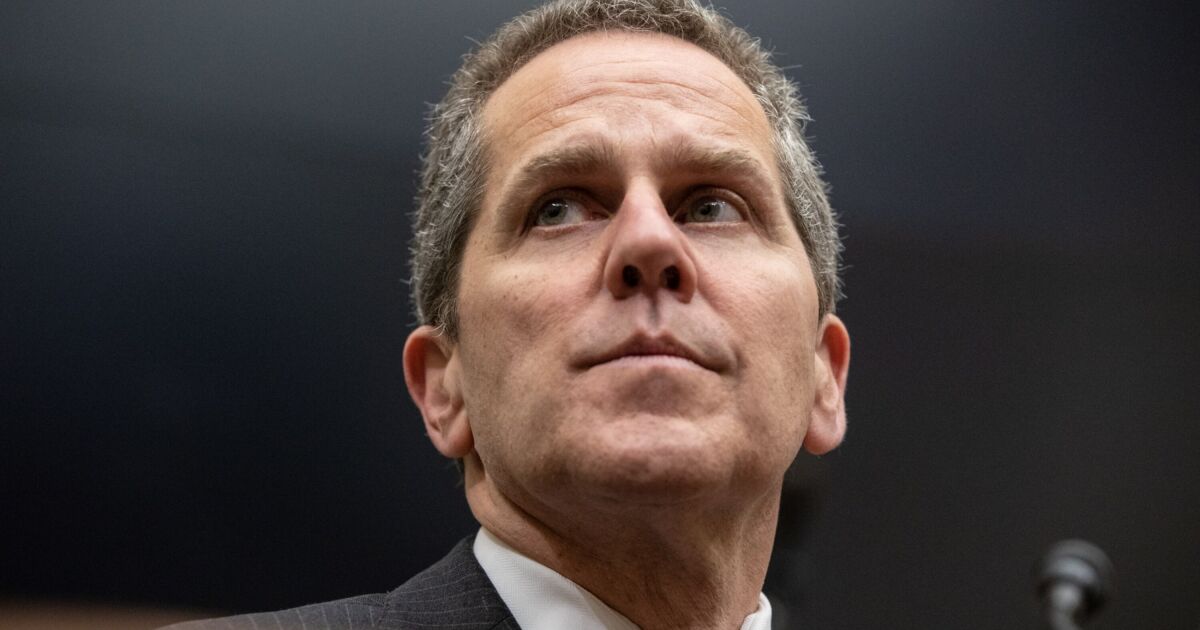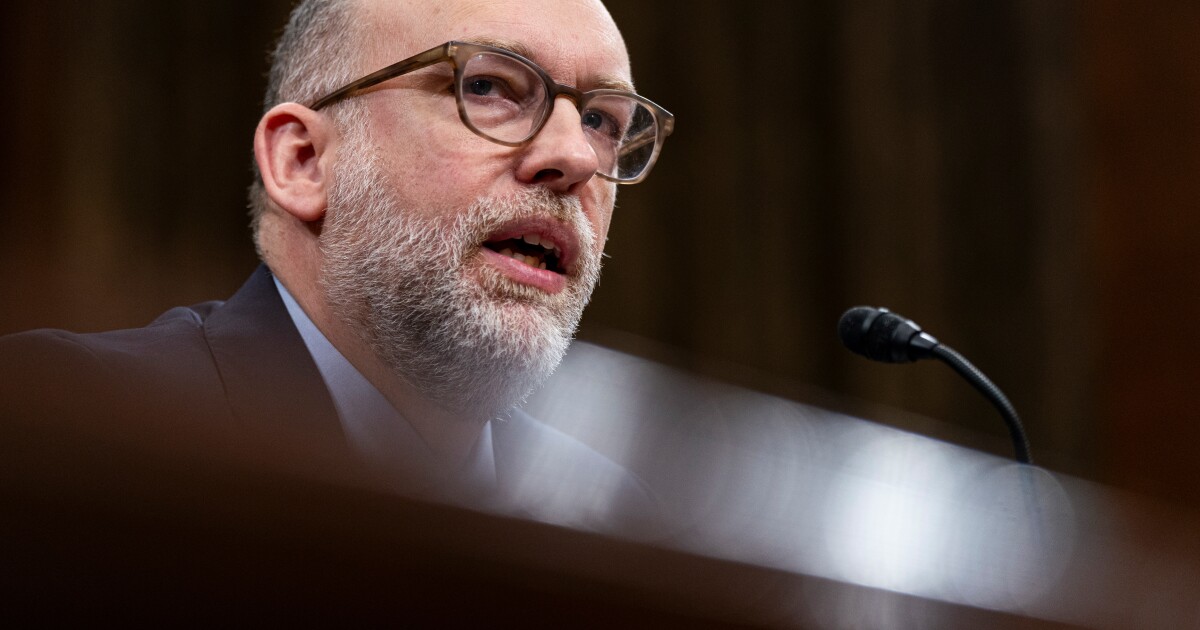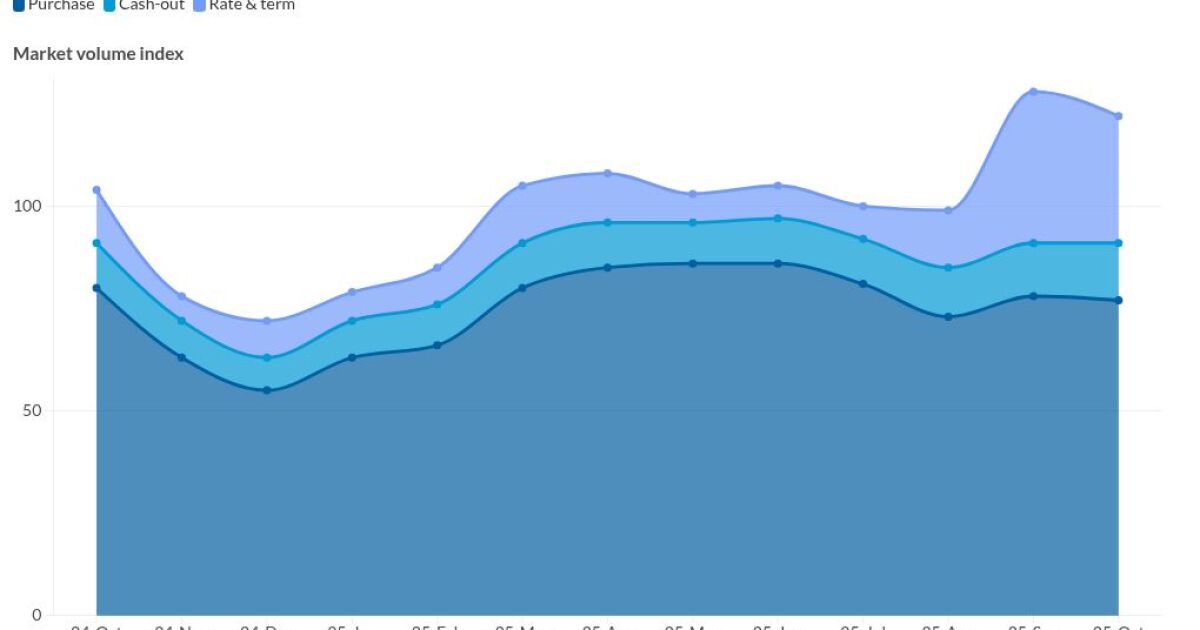
The banking industry and its allies are ramping up their efforts to combat federal regulators' push to increase capital requirements on banks with at least $100 billion of assets.
Initially opting for a passive approach focused on research papers and a website dedicated to sussing out the "price tag" of higher capital requirements, bankers and bank lobbyists are taking the fight to regulators more directly through advertising campaigns and procedural challenges.
"The industry appears more willing to battle the regulators on this issue than any in recent memory," Isaac Boltansky, director of policy research at BTIG, said, "which suggests that we could see litigation on the other side of the rule being finalized."
On Tuesday, several top banking and financial industry groups sent a joint letter to the Federal Reserve, Federal Deposit Insurance Corp. and Office of the Comptroller of the Currency asking them to issue a new proposal for their so-called Basel III endgame package to close data disclosure gaps. The groups accuse the agencies of drawing from "non-public" data for their proposals, thus violating standards of the Administrative Procedure Act, or APA.
"To remedy this violation, the agencies must make available the various types of missing material — along with any and all other evidence and analyses the agencies relied on in proposing the rule — and re-propose the rule," the groups wrote. "To remain consistent with what the agencies themselves have determined to be an 'appropriate' comment period, the agencies should provide for a new 120-day comment period in the re-proposal."
Representatives from the Fed and OCC declined to comment on the letter. The FDIC did not respond to an interview request on Tuesday.
The letter was co-signed by the Bank Policy Institute, American Bankers Association, Financial Services Forum, Institute of International Bankers, Securities Industry and Financial Markets Association and the U.S. Chamber of Commerce. It cites several violations of "basic legal obligations" under the APA, potentially setting the stage for a legal challenge should the proposal be enacted.
Boltansky said it is unlikely that the letter will actually compel regulators to issue a new proposal, but he said it could make them think twice about finalizing the rule as is.
"It is difficult to envision the banking regulators pulling and reproposing, but the letter from industry groups will add even more pressure for the standard to be softened prior to finalization," he said.
The letter comes less than a week after BPI, which represents banks with more than $100 billion assets, launched its "Stop Basel Endgame" advertising campaign, a nationwide push to draw attention to the risks the rules present to the banking sector, the U.S. economy and individual households. The effort includes print and radio ads in Washington, D.C. and other select markets as well as targeted online ad buys.
"The current Basel proposal is unacceptable, and BPI is committed to ensuring that lawmakers, regulators and the public fully understand how this proposal will affect every person and every business in this country," BPI president and CEO Greg Baer said. "The largest media campaign in the organization's history is underway, and our goal is to force regulators to justify to the public why they are imposing these costs and pushing still more economic activity into the shadow banking system."
Banks themselves have gotten in on the effort to undermine recent regulatory proposals, which call for additional risk-weighted capital requirements and new resolution standards for banks between $100 billion and $250 billion of assets. On Tuesday, Goldman Sachs released a survey of small business owners in which 84% of respondents said they were "concerned that the proposal will negatively impact their ability to access capital in an already difficult market."
On Monday, JPMorgan Chase CEO Jamie Dimon ripped the proposal during an on-stage appearance at Barclays' annual Global Financial Services Conference, calling it "hugely disappointing."
In fiery remarks, Dimon said the proposed risk capital rules would result in U.S. banks facing more stringent regulatory obligations than their international peers, undermining the initial goal of the international standards on bank regulation. "What was the goddamn point of Basel in the first place?" he said.
Dimon said the rules would likely drive certain activities — including mortgage lending and supporting leveraged lending by nonbanks — out of the banking sector entirely. He argued that, if that is the intended outcome the Fed, FDIC and OCC had in mind, they should have said so explicitly, adding that the proposal marks a low point in relations between banks and their regulators.
"I'm not sure it's a great thing that we have this constant battle with regulators as opposed to open thoughtful things. We used to have real conversation with regulators — there is none anymore in the United States. Like, virtually none," he said. "This stuff is just all from up top and imposed down below. And then … we simply have to take it. They're judge, jury and hangman, and that is what it is."
Proponents of the potential changes say the all out push by bankers and industry groups to combat the proposal was to be expected.
"Wall Street's latest attack on these modest and sensible rules is as baseless as it is unsurprising," said Dennis Kelleher, head of the consumer advocacy group Better Markets. "Wall Street is going to do and say anything to try to stop any increase in capital, no matter how baseless or false."
Regulators released their risk-capital proposal at the end of July along with a potential change to their global systemically important bank, or GSIB, surcharge that could have a meaningful impact on some foreign banks.
Much of the 1,000-page Basel III endgame proposal is focused on justifications for the rule changes, including recent bank failures and disparate treatments of operational risks by large banks. Currently, banks are able to rely on internal models for managing these risks, which the documents notes, "include a degree of subjectivity, which can result in varying risk-based capital requirements for similar exposures."
The Fed estimates the changes will lead to a 16% aggregate increase in capital requirements for the impacted banks, with the largest burden falling on GSIBs, which are set to see their capital obligations increase by 19%.
Dimon, however, said the actual increase will be closer to 25% by JPMorgan's calculations, though the exact impacts of the potential changes have been a subject of debate since they were proposed. Fed Vice Chair for Supervision Michael Barr, in remarks made during a public meeting about the proposals, said the central bank intends to "collect additional data to refine our estimates of the rule's effects."
The recent push by bank trade groups adds to the mounting opposition that has been building against the Fed's capital proposal for the past year. Republicans and some moderate Democrats in Washington questioned whether new rules were necessary in the months before the proposal was rolled out and, thus far, the proposal has few vocal champions on Capitol Hill.
But Regulators do not need the backing of Congress to enact the rule changes, which fall within the regulatory framework codified by the Dodd-Frank Act of 2010 and modified by the Economic Growth, Regulatory Relief and Consumer Protection Act of 2018.
Kelleher said bank failures earlier this year underscore the importance of having a well capitalized banking system. He added that the rule changes would apply additional protection from the highest risk activities at the 35 biggest banks in the country.
"It's no different than when banks require their customers to put up a down payment when they buy a house," he said. "The homeowner then has to absorb the first 20% of losses on the house, which protects the bank from losses. The American people should be protected as well."



